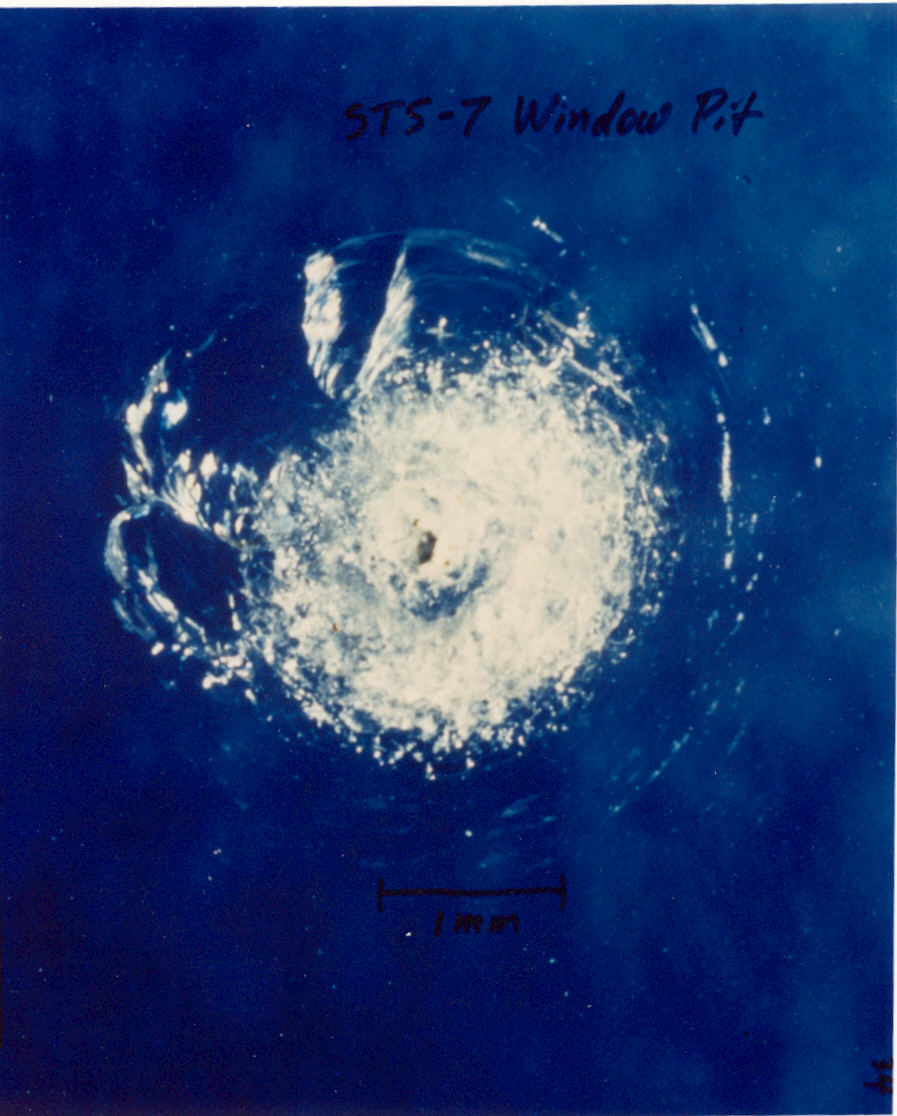We kind of already do:

This is a false-scale image of all objects in orbit around the Earth that NASA/RSA/EASA jointly monitor. You can clearly see the outer ring of GEO objects. Most of these objects are manmade, and most of those are space junk; decommissioned satellites and their debris, pieces of launch vehicles we had to accelerate fast enough to get into a stable orbit, etc. There are thousands more manmade pieces of debris that NASA doesn't keep an eye on because they're too small to pose a re-entry hazard and aren't in a conflicting orbit with any valuable satellites. There was, at one point, an image from a survey probe that caught a beautiful "goodbye" picture of Earth with the sun perfectly aligned to glint off the debris ring around Earth, but I can't find it in the midst of all the "artist's impressions" and enhanced images.
In addition to debris, there's space dust and meteoroids that have been drawn into a stable orbit around Earth, too small to track, but definitely still a hazard; this is what one of those micrometeorites did to the Challenger on STS-7:

As far as why we don't have more, it's mainly chance. A long-term stable orbit around a planet of Earth's size is a fairly tricky thing to achieve, especially without being able to make adjustments. The rings around the gas giants are much more prominent for three reasons:
- They're more massive, so as they formed, they carved wider swaths out of the accretion disk as they "cleared the neighborhood" of their orbit. In addition to its size (95Me) and its rings, Saturn has 13 objects large and round enough to call "moons" (at least 50km diameter), plus 40 additional named orbiting bodies and another 9 objects with a confirmed size and orbit.
- They're further out than Earth, so they get the first shot at capturing "new" stuff that de-orbits from the Kuiper belt and Oort cloud out around and beyond Pluto.
- Because of the relative importance of the mass term and the distance term in gravitational force equations, more massive objects have a wider range of stable orbits, thus random object incursion doesn't have to be quite so precise as it would around Earth.
In addition, what you're seeing around the gas giants is survivor bias; the gas giants, being, well, gas and giants, are much more tolerant of outright impacts, so we don't really see their effects unless we happen to be watching (like when the remains of Shumacher-Levy 9 hit Jupiter). The earth, in its first few million years of existence as a ball of cooling magma, was nearly destroyed by a mass that would become the moon. This chance encounter turned out to be advantageous for the planet, as it gained a sizable shield which has protected the planet from countless impacts over the years by taking the hits itself.


